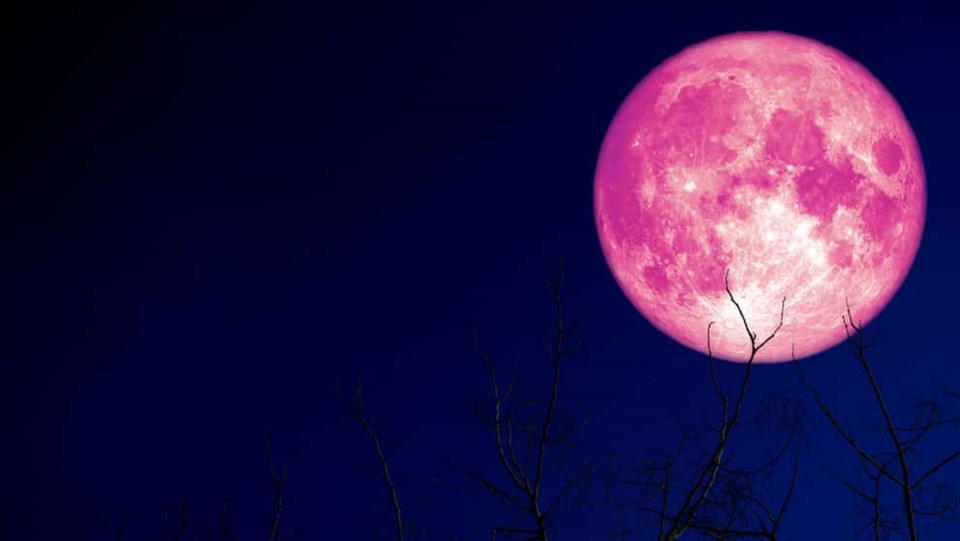Dr. Ashraf Tadros, professor of astronomy at the National Institute for Astronomical Research, detailed Tuesday the celestial events witnessed in the globe during June.
In a statement, Tadros revealed that the celestial events will occur from June 21-28.
These are 6 astronomical events in June:
The first week in June: The first days of June and after midnight witness the moon, a second quarter, heading to the east as a thin crescent prelude to the birth of the new moon.
June 10: the new moon and an annular eclipse of the sun will be witnessed. The moon rises and sets with the sun around the same time on that day, so the moon will not be visible in the sky all night. It is the best time of the month to observe faint celestial bodies such as galaxies, stellar clusters, constellations, and distant stars.
The eclipse of the sun never occurs unless the moon is close. There will be an annular eclipse of the sun, where the moon is distant in its elliptical orbit around the earth so that it cannot fully cover the sun, resulting in a ring of light around the dark moon, and therefore it is called an eclipse Annular.
This eclipse will not be witnessed in Egypt, Africa, and the Arab world, but rather in the far east of Russia, the Arctic Ocean, western Greenland, and Canada, as will the partial eclipse is seen in the northeastern United States, Europe, and most of Russia.

June 21: Summer solstice will be witnessed, which is a phenomenon that occurs when the sun reaches its northernmost position in the sky and is perpendicular to the Tropic of Cancer at a latitude of 23.44 degrees north.
This time is the height of the summer astronomically in the northern hemisphere, which represents the longest day and shortest night in the year. It is the winter solstice in the Northern Hemisphere, where it is the darkest day of the year, and the summer solstice and the longest day of the year in the Southern Hemisphere.

June 24: The full moon will be witnessed, which is a phenomenon that occurs when the moon appears to the naked eye from June 23-25. This full moon is known to the American tribes as the strawberry moon as it coincides with the strawberry harvest season, and it is also called the honey moon, which is the third moon among three giant moons (Super Moon) for 2021.
The first and second moons took place in April and May when the moon is in its orbit at the perihelion area, which is closest to Earth, thus it appears 14% larger and about 30% brighter than usual.
June 28: The conjunction of the moon and Jupiter can be observed from 10:45 pm until the sunrise of the next day when the morning twilight light increases due to the sunrise, which cannot be seen at that time.
Tadros indicated that all observations of astronomical events require clarity of the atmosphere and the absence of clouds, dust, and fog in the sky.
He added that astronomical phenomena do not have any harm to humans or their daily activity on earth, noting their observations are interesting and are loved by astronomers and those interested in astronomy and space.






